Top Things to Know Before Buying a Water Fountain for Your Indoor Space
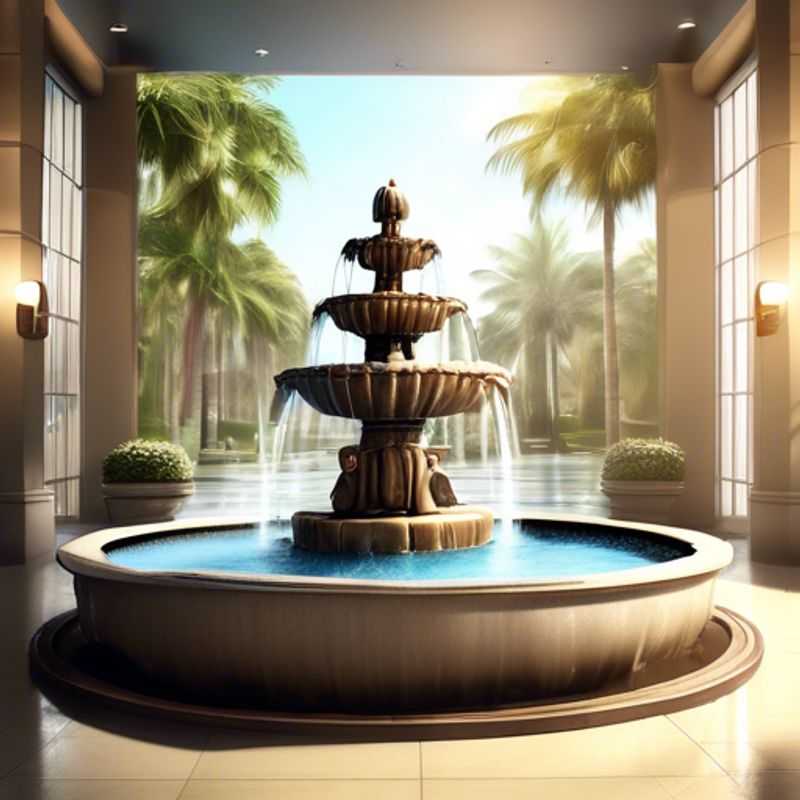
The Essential Guide to Indoor Water Fountains: 7 Key Considerations Before You Buy
Choosing the right indoor water fountain can transform your space, adding a touch of tranquility and natural beauty. But before you dive into the world of bubbling water, there are some essential things to consider. Let's break it down, shall we?
First and foremost, size and placement are crucial. You want a fountain that complements your room, not dominates it.
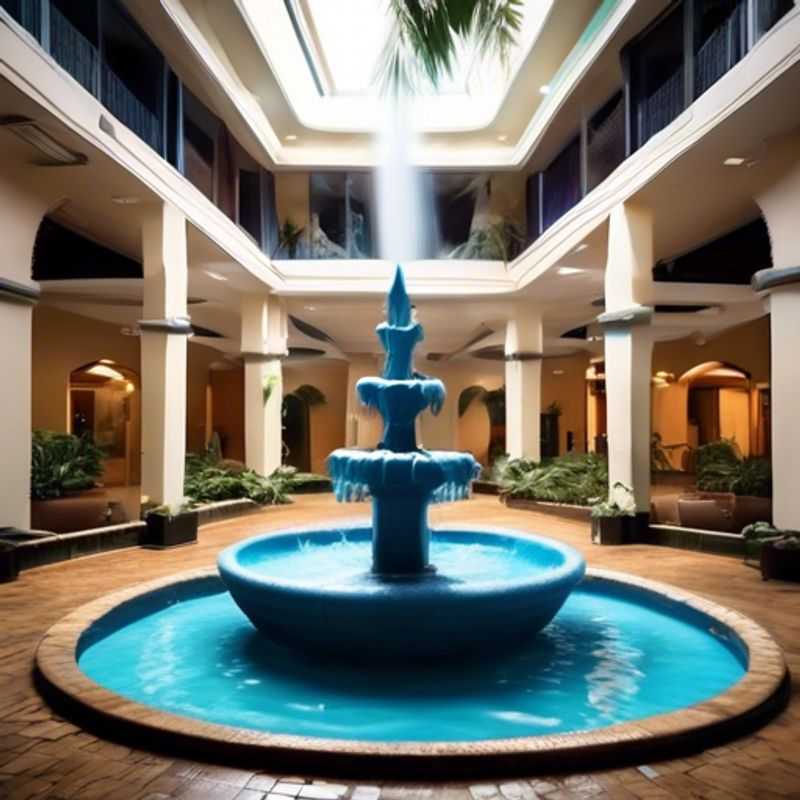
Water Fountain Placement: Finding the Perfect Spot for Serenity
When choosing a water fountain for your indoor space, size and placement are crucial considerations.
You need to ensure the fountain fits comfortably and harmoniously within your environment.
Start by measuring the area where you envision placing the fountain.
Next, consider the overall size of the fountain - its height, width, and depth - to ensure it's not too bulky or overwhelming.
Furthermore, think about placement.
A large fountain might dominate a small room, while a smaller fountain could get lost in a spacious area.
Lighting can also play a significant role, so choose a location where the fountain will receive adequate natural or artificial light to showcase its beauty.
You can also consult with an interior designer for professional advice on choosing the right fountain and ensuring it seamlessly integrates into your decor.
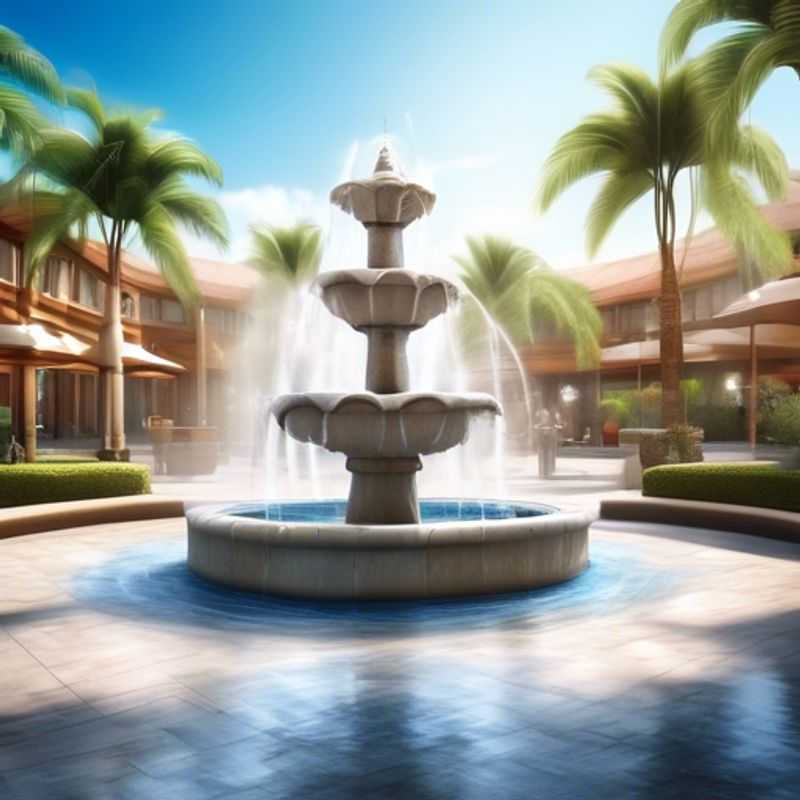
Understanding Water Capacity and Refill Needs: A Practical Guide
Understanding your water system's capacity and refill frequency is crucial for keeping your home hydrated. While specifics vary depending on your setup, there are general guidelines to follow. First, identify the size of your water tank or reservoir. This will tell you how much water it can hold. Next, consider your daily water consumption, which includes everything from drinking and cooking to showering and watering your lawn.
Once you have these numbers, you can estimate how often you need to refill. For example, if your tank holds 500 gallons and you use 100 gallons per day, you'll need to refill it every 5 days. Remember to factor in seasonal variations, as your water usage might increase during hot summers or periods of heavy rain.
To make things easier, invest in a water meter. This handy device tracks your water consumption in real-time, giving you accurate data to plan your refills. You can also consider implementing water-saving measures like low-flow showerheads and drought-tolerant landscaping to reduce your overall water consumption.
Regularly checking your water storage, whether it's a tank or a well, is essential. Look for signs of leakage, contamination, or sediment buildup. Keeping your water system in good working order ensures you have a reliable supply of clean water.
Finally, don't forget to factor in the cost of water. This can vary depending on your location and water source. Understanding the financial implications of your water usage will help you make informed decisions about your refill schedule and water conservation efforts.
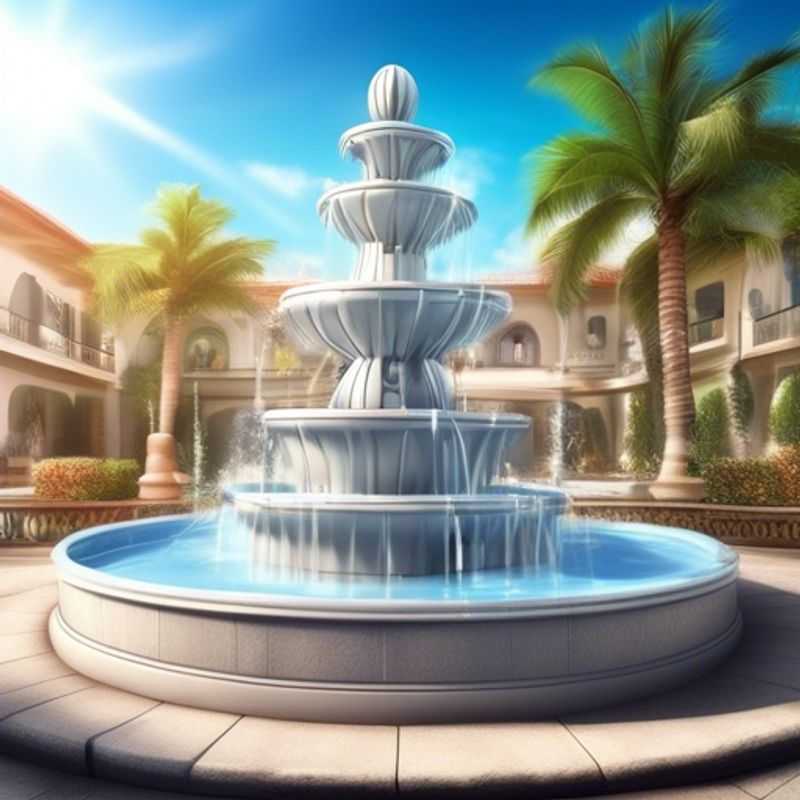
Taming the Waterfall: Finding Water Fountains with Adjustable Flow
Water fountain sounds can be either relaxing or distracting, depending on the flow rate and the overall ambiance of the space. Adjustable flow settings in water fountains give you the control to customize the sound to your liking. A higher flow rate, especially with a cascade feature, can produce a more substantial sound that might be energizing but could also be disruptive in quiet environments. A lower flow rate, like a gentle trickle, creates a serene and calming effect.
When selecting a water fountain with adjustable flow settings, consider the size of the space and your personal preferences. A larger space might benefit from a louder fountain, while a smaller or more intimate space might need a softer sound. Always consider the proximity of the fountain to working areas, bedrooms, or spaces where you need silence or focus.
Look for features like a pump with variable speed control, adjustable nozzles, or multiple flow modes. Some fountains even come with remote controls for easy flow rate adjustments. When shopping for a water fountain, consider trying out different flow settings and listen to the sounds to see what suits your needs best.
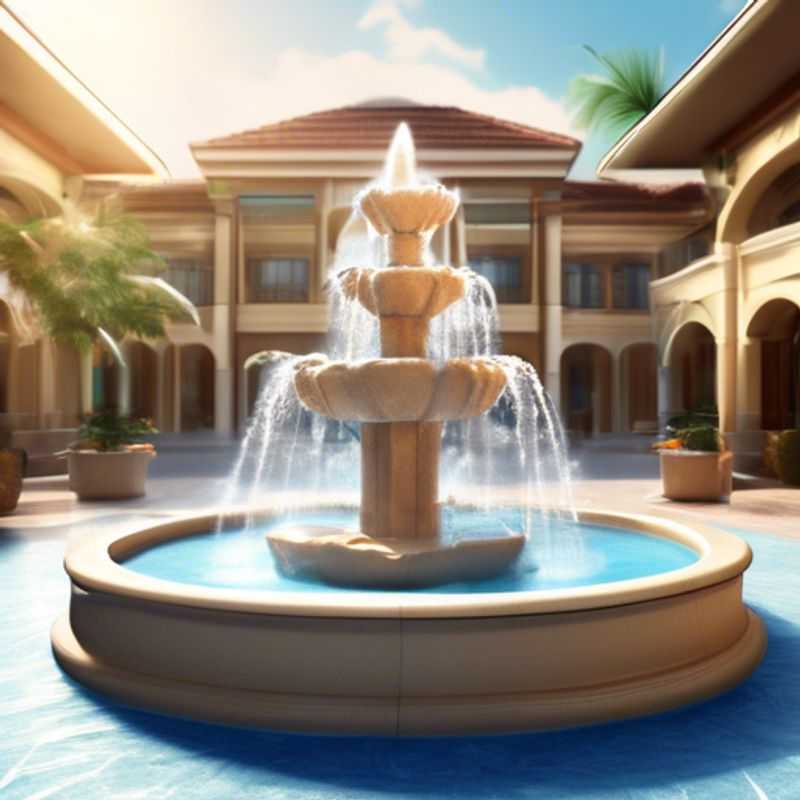
The Sound of Serenity: Choosing a Quiet Water Fountain
The noise level of a water fountain can be a significant consideration, especially in spaces like offices or homes where quiet is desired. Fountains vary widely in their sound output, from gentle trickles to loud rushing water. Choosing the right fountain for your space is crucial to ensure it adds to the ambiance rather than detracting from it.
Here are some key factors to consider when assessing a water fountain's noise level:
Pump Type: The type of pump used will determine the water flow rate and the sound it generates. Submersible pumps, which are typically used in indoor fountains, are generally quieter than larger external pumps.
Material: The material the fountain is made from can influence the sound it produces. Stone fountains often absorb sound better than plastic ones.
Water Flow Rate: A faster water flow rate will naturally result in more noise. Look for fountains that offer adjustable flow rates so you can control the sound.
Location: Where you place the fountain can also impact the perceived noise level. Placing it near walls or other reflective surfaces can amplify the sound.
Before purchasing a water fountain, research its noise level and if possible, visit a store to listen to it in person. This can save you from unpleasant surprises later on.
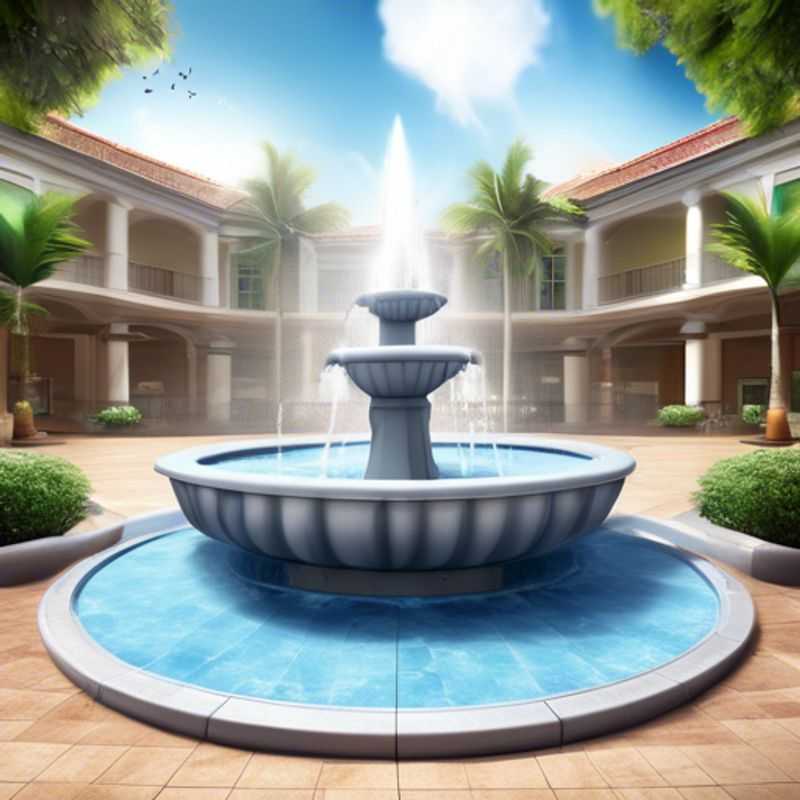
Streamline Your Water Fountain Maintenance: The Importance of Easy-to-Clean Design
A water fountain with an easy-to-clean design is essential for both hygiene and maintenance. Simple designs are often best, minimizing crevices and hard-to-reach areas where bacteria can accumulate.
Materials like stainless steel are preferred as they are robust, resistant to rust, and easy to wipe clean. Removable trays and drip pans make regular cleaning a breeze.
Consider the location of the fountain when selecting a design. Indoor fountains often have smaller, simpler designs while outdoor fountains may need more robust features to withstand the elements.
Regular cleaning, using appropriate cleaning solutions, is crucial to maintain hygiene. Filters and pumps should also be cleaned according to manufacturer instructions.
While a simple design is crucial, some advanced features, such as self-cleaning systems, might be worth considering, depending on your budget and the frequency of use.
By prioritizing easy-to-clean designs and materials, and committing to regular maintenance, you can ensure your water fountain remains hygienic and enjoyable for everyone.
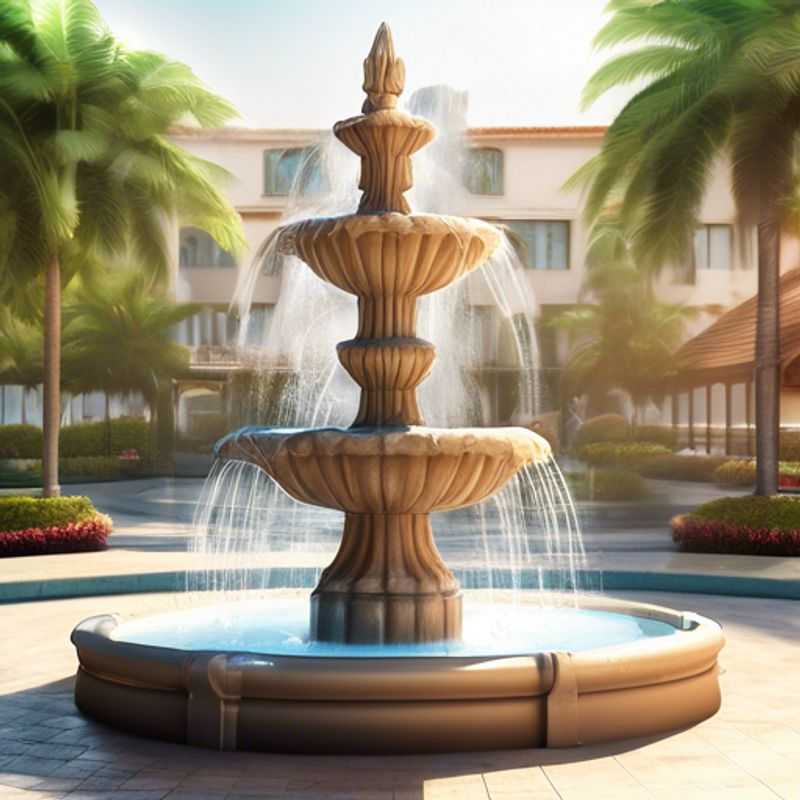
Choosing the Right Materials: Durability and Rust Resistance
When choosing materials for your project, prioritize durability and rust resistance. Stainless steel is a popular choice for its strength and corrosion resistance. Aluminum is another good option, especially in coastal environments, as it's lightweight and resists rust.
Consider the specific needs of your project when selecting materials. Galvanized steel is often used for structures exposed to the elements, as the zinc coating protects against rust. Powder-coated steel is also a good choice for outdoor use, as the coating provides a durable, weather-resistant finish.
If budget is a concern, recycled materials can be a cost-effective solution. There are many companies that specialize in sourcing and processing recycled materials, so you can find durable and rust-resistant options that are also environmentally friendly. Remember to consult with an engineer or a qualified professional before making any decisions about materials for your project.
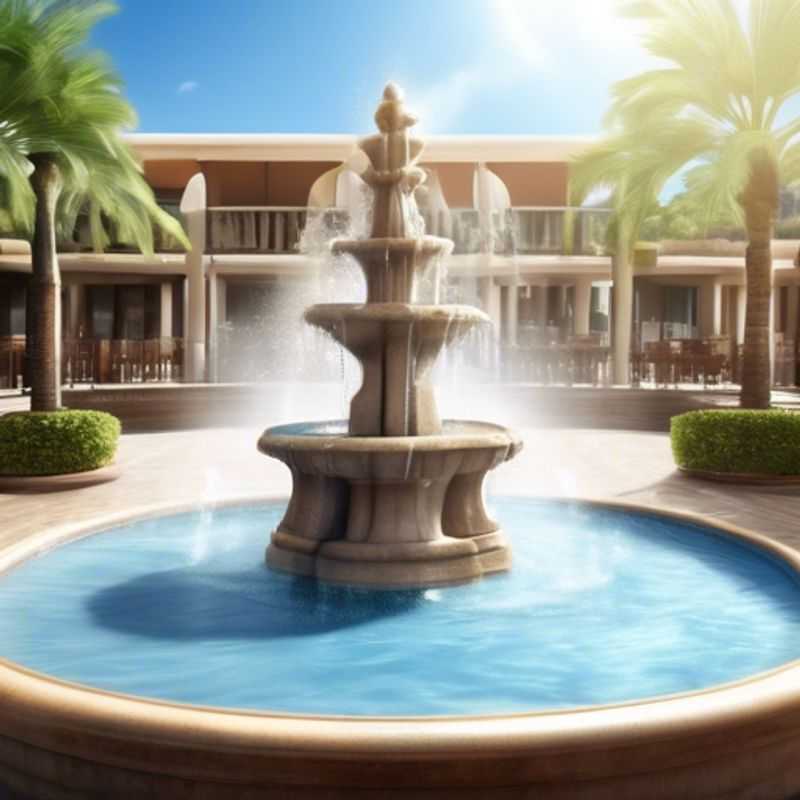
Warranty and Support: A Deep Dive Before You Buy
Before making a purchase, it’s crucial to understand the warranty and customer support offered by the manufacturer. This is especially true for expensive purchases like electronics, appliances, or vehicles. A strong warranty can save you money in the long run, while responsive customer support can alleviate headaches if something goes wrong.
Warranty: This is a promise from the manufacturer to repair or replace a defective product within a specific timeframe. A good warranty should cover defects in materials and workmanship, and may also cover accidental damage.
Customer Support: This refers to the channels available for you to contact the manufacturer if you have a problem with your product. Look for a manufacturer with multiple contact options like phone, email, online chat, or social media. Additionally, assess the ease of navigating their website and finding information about their policies.
When evaluating warranty and customer support, consider these aspects:
Warranty Duration: How long does the warranty last? Some warranties are only for a year, while others may be for several years.
Coverage: What does the warranty cover? Does it cover both defects and accidental damage? Are there any exclusions or limitations?
Customer Service Availability: What are the hours of operation for customer service? Are there different levels of support, like phone, email, or online chat?
Response Time: How long does it typically take for the manufacturer to respond to inquiries or requests for support?
Repair or Replacement: Does the manufacturer offer repair or replacement options for defective products?
Cost: Are there any fees associated with the warranty or customer support?
Investing a bit of time in researching a manufacturer's warranty and customer support can save you a lot of stress and money down the road.
